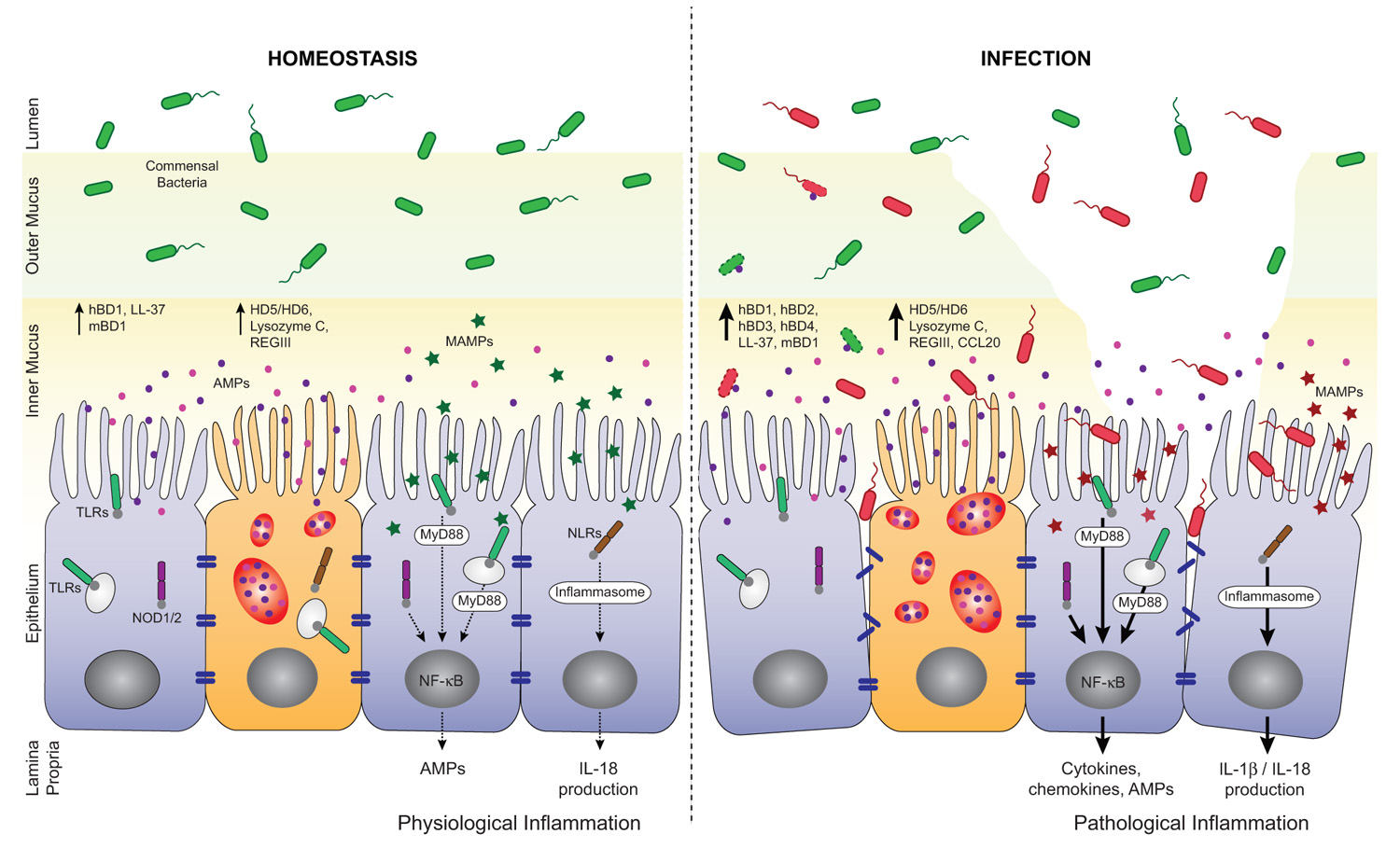

After feeding, yet more proinsulin synthesis is required - and still more in insulin-resistant states such as pregnancy or obesity. Pancreatic beta cells folding this amount of proinsulin have significant ongoing ER stress response (e.g., spliced XBP1 protein) even in the absence of stimulation or addition of ER stressors. The process of folding new proinsulin includes injection of the nascent polypeptide into the lumen of the endoplasmic reticulum (ER) followed by signal peptide cleavage and formation of three proinsulin disulfide bonds that are evolutionarily conserved throughout the vertebrate insulin/IGF superfamily. Ī pancreatic beta cell can readily synthesize 6000 preproinsulin molecules per second. Such homeostasis is critically dependent upon the biosynthetic pathway as well as granule turnover. Significantly, these findings underscore the importance of insulin secretory pathway dynamics, as beta cell homeostasis requires the maintenance and repletion of the insulin granule storage pool. As the storage pool of older insulin and C-peptide is vast, the small fractional contribution of new hormone nevertheless implies a ‘relative preference’ for the release of new insulin, particularly during the extended ‘second-phase’ of insulin secretion. These studies indicate that ~80% of the C-peptide released from beta cells over the ensuing 3.5 h is derived from ‘old’ (i.e., previously-made) hormone pools whereas only ~20% is newly-synthesized. The dynamics of insulin biosynthesis and secretion has been investigated in recent studies of normal human volunteers who received isotopic amino acid bolus labeling and 45 minutes later underwent a standard 75-g oral glucose tolerance test. Proinsulin misfolding is a phenotype that is very much linked to deficient insulin production and diabetes, as is seen in a variety of contexts: rodent models bearing proinsulin-misfolding mutants, human patients with Mutant INS-gene induced Diabetes of Youth, animal models and human patients bearing mutations in critical ER resident proteins, and, quite possibly, in more common variety type 2 diabetes. Proinsulin misfolding may occur as a consequence of exuberant proinsulin biosynthetic load in the ER, proinsulin coding sequence mutations, or genetic predispositions that lead to an altered ER folding environment. Proinsulin foldability is manifest in the ER, in which the local environment is designed to assist in the overall load of proinsulin folding and to favor its disulfide bond formation (while limiting misfolding), all of which is closely tuned to ER stress response pathways that have complex (beneficial, as well as potentially damaging) effects on pancreatic beta cells.

Evolutionary pressures on the primary structure of proinsulin itself have preserved the efficiency of folding (“foldability”), and remarkably, these evolutionary pressures are distinct from those protecting the ultimate biological activity of insulin. Accompanying upregulated translation of the insulin precursor include elements of the endoplasmic reticulum (ER) translocation apparatus linked to successful orientation of the signal peptide, translocation, and signal peptide cleavage of preproinsulin - all of which are necessary to initiate the pathway of proper proinsulin folding. Prevailing glucose concentrations, which oscillate pre- and post-prandially, exert major dynamic variation in preproinsulin biosynthesis. Insulin synthesis in pancreatic beta cells is initiated as preproinsulin.


 0 kommentar(er)
0 kommentar(er)
